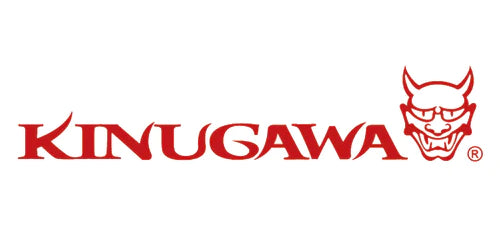What is Thrust Bearing Ramping?
Thrust bearing ramping refers to the subtle sizing and shaping of the oil pads on the thrust bearing surface. This design element, though barely visible to the naked eye, creates a hydrodynamic wedge of oil as the thrust component rotates. This wedge of oil acts as a cushion, effectively separating the bearing surfaces and minimizing direct metal-to-metal contact.

The forces acting upon a turbocharger's thrust bearing are substantial. As the turbine and compressor wheels spin, they generate both radial and axial (thrust) loads. These loads, if not properly managed, can lead to rapid wear and premature failure of the bearing system.
Oil ramping plays a critical role in mitigating these forces. By creating a hydrodynamic oil wedge, the ramped thrust bearing effectively:
- Reduces Friction: The oil wedge minimizes frictional forces between the bearing surfaces, reducing wear and heat generation.
- Enhances Load Capacity: The hydrodynamic pressure generated by the oil wedge enables the bearing to withstand higher thrust loads without excessive wear.
- Improves Durability: By reducing wear and enhancing load capacity, oil ramping significantly extends the lifespan of the thrust bearing and the turbocharger as a whole. The following source is from Garrett - Advancing Motion
Thrust bearings are manufactured using various methods, including casting, stamping, powder metallurgy, and hot forging. After the initial blank is produced, the bearing undergoes several finishing operations, such as double disc grinding and oil feed hole drilling.
The most critical step, however, is ramp sizing on the oil pads. This process involves precise machining or grinding to create the subtle ramps that facilitate the formation of the hydrodynamic oil wedge.
Conclusion
While seemingly insignificant, thrust bearing ramping is a critical design feature that significantly impacts the performance and longevity of turbochargers. By understanding the importance of oil ramping and its role in reducing wear, turbocharger manufacturers and enthusiasts can make informed decisions to optimize the efficiency and lifespan of these high-performance components.

